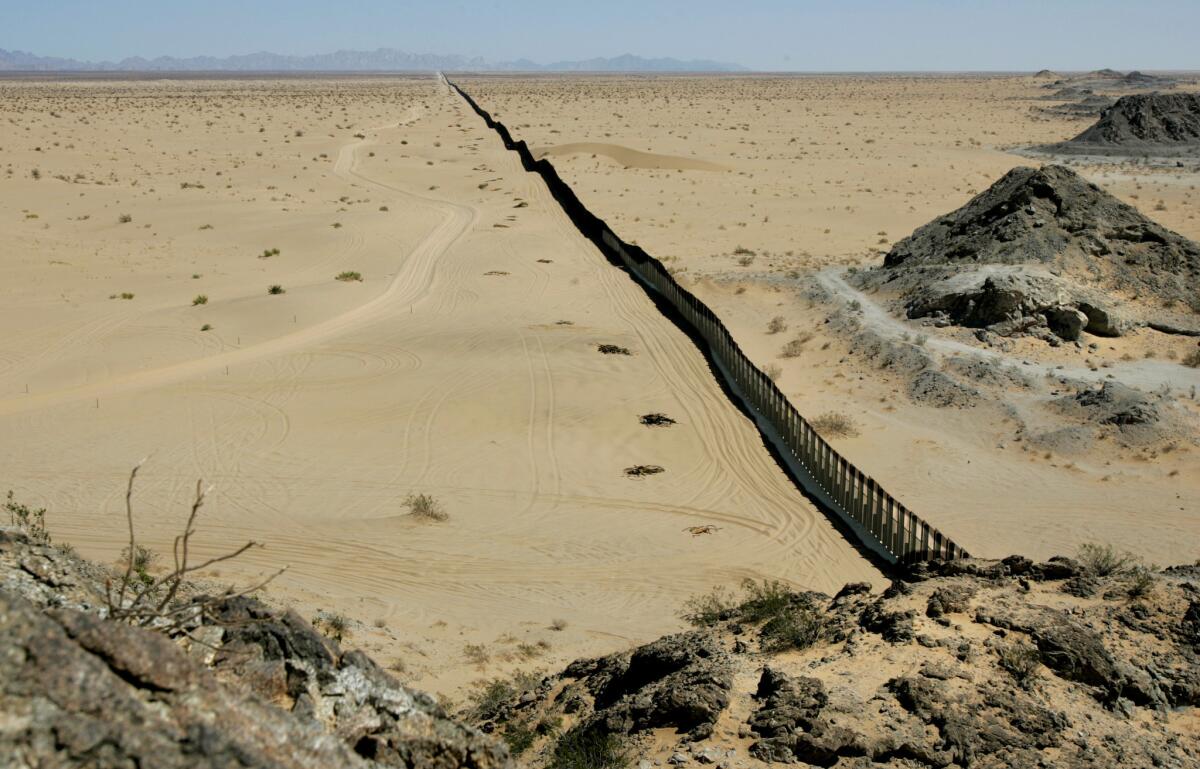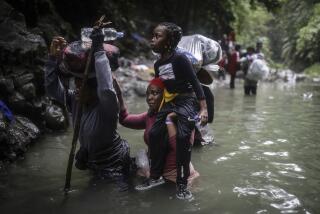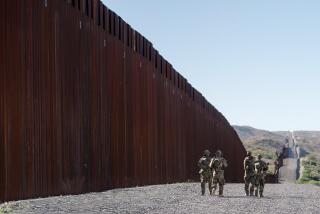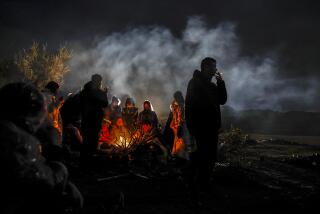New Tucson center aims to ID migrants who die on trek north

Every year thousands of migrants cross the U.S.-Mexico border illegally into Arizona. Some make it to their destination. Others get picked up by authorities.
Hundreds more perish in the Sonoran desert. Some bodies are never identified and families of the missing can languish for years without word of their loved ones.
A new Tucson-based organization is hoping to change that.
On Saturday, the Colibri Center for Human Rights officially launched, hoping to address what its organizers call a “very serious human rights crisis on the border.” The center, which is supported by the Ford Foundation and others, is an expansion of an earlier effort known as the Missing Migrant Project.
That project had already collected, organized and centralized information for what is regarded as the most comprehensive database in the nation on missing and unidentified migrants.
Since 2006, the group has made 100 matches in collaboration with the Pima County Medical Examiner’s office.
Colibri, headed by executive director Robin Reineke, still helps people find their loved ones and track information on the dead and missing, but now also aims to educate people on the high number of deaths and disappearances along the southern border through research and storytelling.
For example, families of the missing will be able to post testimonials, detailing their struggle on the organization’s website. There’s also a section that shows the personal items carried by more than 2,400 migrants who died in the last 14 years during their attempt to cross the US-Mexico border.
Since 2006, about 2,000 people have filed missing person reports for those who have disappeared crossing the southern border. Most were last known to have passed through the Arizona corridor.
“The way we approach the project is the way a forensic scientists have approached mass disasters,” Reineke said. “There is a high number of missing individuals and high number of unidentified individuals. We do everything we can … and try to make a match.”
In Arizona alone, there are at least 900 unidentified remains, according to Pima County Medical Examiner data. Most of the migrants are from Mexico or Central America.
Although illegal immigration along the southern border has decreased in the last couple of years, deaths along the border are still numerous. About 165 people die every year crossing illegally into Arizona.
In places like Brooks County, Texas, deaths have drastically increased in the last couple of years, Reineke said. Colibri is also collaborating with officials there to help them with the issue.
The launch of the new organization coincided with the Tucson premiere of “Who is Dayani Cristal?” The film, a documentary about the journey to identify a man who crossed the border illegally into Arizona from Mexico, features the Pima County Office, Reineke and the work that eventually developed into Colibri.
Twitter: @thecindycarcamo
More to Read
Start your day right
Sign up for Essential California for news, features and recommendations from the L.A. Times and beyond in your inbox six days a week.
You may occasionally receive promotional content from the Los Angeles Times.







